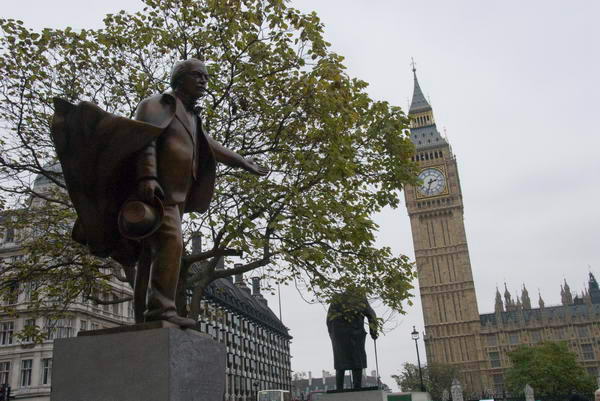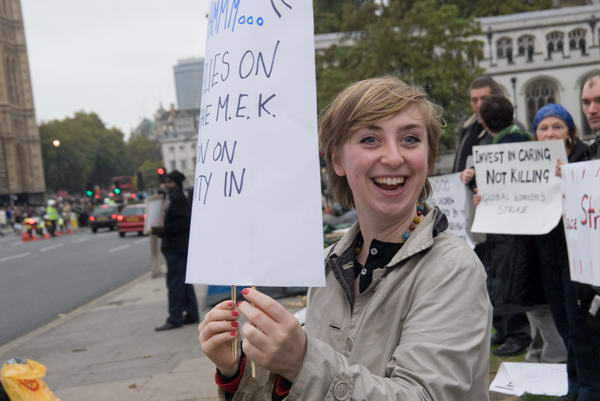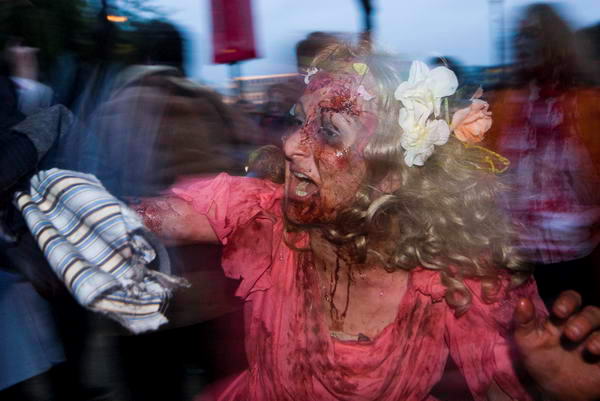october main stories
text
around a thousand supporters turned up on a dull damp tuesday morning to
accompany the christian aid 'cut the carbon' marchers on the final mile
of a walk that started in bangor, northern ireland, then took them a thousand
miles via edinburgh, newcastle on tyne, leeds, birmingham, cardiff, bournemouth
(for a meeting with george brown at the labour party conference) and on
to london (including a picnic at battersea
last sunday.)
a few of the international marchers had to go home before the end, but
most, together with those from the uk, made it to the end, and spoke at
the rally in the city hall scoop before the march set off.
the route led over london bridge and then up past the stock exchange to
st paul's churchyard, where there were more speeches, particularly from
a muslim marcher, before a service in the cathedral. as photography isn't
allowed at events inside st paul's (its one of the few places i've actually
been thrown out of for trying to take pictures) i came home as people streamed
inside. the marchers were due to meet with hilary benn afterwards to press
the case for climate justice.
several from this country and abroad had made the point that britain lead
the world in creating the problem when we began the industrial revolution
and so should feel a great obligation to get things going to save the world
from the disaster into which it is currently fast heading.
other demonstrators at st paul's made the point that raising animals was
an important factor in the high carbon footprint; growing and eating crops
can be far less wasteful and polluting. christian aid's development policies
would be better directed to encouraging vegetarian and vegan production
rather than the current reliance in some projects on raising animals for
food.
more pictures
burma has been very much on our minds (and the media) in recent weeks,
so it was little suprise to find considerable support for a demonstration
supporting the burmese people and their right to demonstrate, and for the
release of the imprisoned monks.
by the time the march had made its way from tate britain over lambeth bridge
and back across westminster bridge to whitehall, there were perhaps 10,000
supporters, mainly wearing red headbands. a small group of monks were allowed
to tie strips of cloth onto the gates of downing sttreet before the march
continued to a rally in trafalgar square
more pictures
i left the burma march at this point to photograph a commemorative walk
up whitehall from beside methodist central hall, one of the events in this
year's black history month, marking the 200th anniversary of the abolition
of the slave trade.
organised by yaa and carnival village, there were some
interesting costumes, including at least one winner from notting hill, and
a rather fine 'empire windrush'.
the walk led through parliament square and up into whitehall, where a wreath
was placed at the cenotaph.
more pictures
al quds is the arab name for jerusalem, and in 1979 ayatollah khomeni suggested
that the last friday in ramadan as al quds day, when muslims internationally
should remember and demonstrate in solidarity with the palestinian people.
although the call has been taken up by many muslims and some non-muslims
around the world, it remains controversial becuase of its connection with
the iranian regime, responsible for many violations of human rights.
many of those marching carried hezbollah flags. the march is organised
by what calls itself the iranian human rights commision but is apparently
funded by the iranian regime. although the web site lists many supporting
organisations, few were visible on the march, although there were some speakers,
for example from respect, at trafalgar square.
opponents of the march gathered at piccadilly circus to demonstrate against
it and in support of the iranian people. about 60 were in a police pen close
to eros as the march walked past, shouting slogans. police had to restrain
some of the marchers who attempted to go across to confront them. some of
the marchers seemed confused, as they were not supporters of the iranian
regime.
more pictures
brian haw's t-shirt summed up the disaster: "iraq 2,000,000 dead 4,000,000
fled genocide theft torture cholera starvation" though there were a
number of other crimes to mention, in particular the poisoning of so much
the area for generations to come through the dumping there of so much of
our nuclear waste in the form of 'depleted uranium' weapons.
i was surprised at the level of support for monday's demonstration, a day
when many of the supporters of the campaign would have been at work, and
i had expected hundreds rather than the three thousand or so who actually
turned up. the government's clumsy ban on the event, using 1839 legislation
passed against the chartists, drummed up support, and to such an extent
that on the morning of the rally they had to climb down and allow the march
and the lobby of parliament to proceed.
later in the day, the success of the demonstration even became rather an
embarrassment for stop the war, who when i left around 4.30pm, two hours
after the start of the march, were trying to help police in clearing the
large crowd who were still blocking parliament street, parliament square
and st margaret st, urging them to move along to college green. later in
the day a small group of protestors took down the barriers on the grassed
area of parliament square, piling them up.
but the real embarrassment was for gordon brown, forced to climb down and
allow democratic protest. unfortunately he didn't do the decent and sensible
thing (and surely now inescapably the logical thing in the interests of
both iraq and britain) and announce a speedy withdrawal of troops to be
replaced by a real programme of support for the iraqi people.
although doubtless pressure from the police at the highest level was obviously
vital in the decision to allow the march to go ahead, there were clearly
a few officers in charge on the ground who weren't happy. as we went down
whitehall, they obstructed photographers trying to photograph the event
quite unnecessarily - so obviously so that some of the officers actually
carrying out the orders were apologising to me as they did so. and later
in the day a few tempers flared and there were a few fairly random assaults
on demonstrators. it did seem an unnecessarily provocative move to bring
back inspector terry, apparently the man responsible for much of the harassment
of brian haw and the officer in charge at the 'sack parliament' demo last
year (photographer marc vallee who was injured is now taking legal action
against the met, with the support of the nuj.)
more pictures
the cutting down of ancient 'old growth' forests is a major political issue
in australia, and no more so than in tasmania. with national elections announced
for australia on nov 24, logging could play an important part.
supported by liberal party (conservative) prime minister john howard and
tasmanian premier paul lennon, a new pulp mill will speed the loss of the
old forests, destroying valuable habitats and threatening extinction for
unique species such as the tasmanian wedge tailed eagle.
cutting down the forest will also remove a valuable sink that removes carbon
dioxide from the atmosphere (and of course produces oxygen), and the pulp
processing in the new plant will emit 10 million tons of co2 a year, as
well as discharging 64,000 tons of toxic effluent into the ocean each day.
ironically, part of the pressure for the cutting down of forests comes
from the growing business of carbon offsetting. much of the land currently
occupied by the forests will, after the exisiting forest is cleared, be
replanted with trees that will be used to produce an income in carbon offset
schemes.
more pictures
We had a fine day for our book-related walk around bethnal green and a
good audience. Our meeting point was, for various reasons, the Museum of
Childhood, which features in two of my sixteen pictures in the book ‘The
Romance of Bethnal Green‘ (ISBN 9781901992748), Cathy Ross, 2007).
One shows the sculpture which was in the space at the front of the museum
for many years, and I was surprised to find it now inside, at the rear of
the cafe area, its bronze given a white coating (perhaps so the ice-cream
won’t show), and the other features some of the panels on the outside
of the building about agriculture.
just down the road we stopped at st john's church, its frontage and tower
still clearly the work of sir john soane, although the rest of the church
was remodelled after a fire in the 1870s. jane prophet's 'heart' currently
on show in the organ loft on the heart brought back too many memories of
my own surgery for comfort, and i quickly left.
we went across the roman road and into the library where foster spragge
is building a cylinder of thousands of used rail tickets. unfortunately
she was at lunch when we were there, and the cylinder was protected by a
roll of corrugated paper, though this perhaps improved the photograph.
down roman road we went into iap fine art to look at the work of maggi
hambling and chris gollon, who has been commissioned to produce stations
of the cross for st johns and also a work on henley for the 2012 olympics.
opposite the site of camerawork i talked a little about photography, the
half moon photography workshop, and the work of jo spence and paul trevor,
as well as the decline of camerwork magazine into the quagmire of theory.
around the corner the usk street estate is a real architectural gem by
denys lasdun from 1952, looking more modern than many recent developments
thanks to a recent refurbishment. work on the grade ii listed sulkin and
trevelyan tower blocks cost £2.8m. these are buildings that perhaps
deserve to be better known, certainly some of the more interesting of their
era, and perhaps more radical than his later keeling house (1959) a mile
or so away. i also find usk street rather more interesting than the cranbrook
estate across the road, by
skinner bailey & lubetkin (1965) which proves that sticking bilious
green rectangles on ugly blocks still leaves them as ugly blocks. at least
it provided a refuge for elizabeth frink's blind beggar of bethnal green
when vandalism forced his move from his intended home in the market square.
we took the bus back along bethnal green road to the top of brick lane
and walked
up to admire arnold circus, before visiting nomoregrey in redchurch st to
look at jock mcfadyen's work there - i particularly liked his images of
the wide open spaces further east - such as dagenham, river road and showcase
cinema, reminding me of my visits to these areas.
the day's huge disappointment came at rich mix. i first met paul trevor
many years ago and have long admired his work. he is living evidence to
the almost total lack of interest by major british galleries and museums
to most british photography.
paul is a truly inspired photographer who has lived and worked in the east
end for years, creating a fantastic stock of images from the area. it is
hard to imagine why rich mix (or the curator responsible) chose to make
his work almost imposssible to see, projecting it in a distorted form as
hardly visible images on a bright wall. it seemed more an insult than an
exhibition.
more pictures
communities against gun and knife crime in north london (cagk) had organised
a march from clapton pond at the north of hackney up through tottenham.
it was a much smaller event than that i went to last month in brent, perhaps
because it appeared to have no official support from either of the two london
boroughs concerned - hackney and haringey - or from the met police, although
of course they did escort it.
other than cagk, the only other organisation visible in the march was hackney
respect, although the march did start with a prayer by a black church sister.
i went along with the march for around a mile, and although there were
quite a few waves and shouts of support, few if any joined the 80 or so
marchers who were making their way north.
marches like this are surely useful in raising community awareness, and
it is hard to see why there was so little support from either the public,
local authorities or other local groups - including the other political
parties, churches and other community groups. there was a photographer at
the event taking pictures for the hackney gazette, and perhaps her report
will help to gain publicity for the event - and encouage support.
the real challenge in cutting youth crime - and gun and knife crime is
mainly youth crime - is getting people, and especially young people - real
jobs that offer training and possibilities for advancement. at the moment
there are too few jobs for young people, and many pay below a living wage,
especially a living wage for london.
while crime offers the only way to money, prestige and apparent success,
many will take that route.
more pictures
i left the march to go to abney park cemetery, firstly as a quiet and attractive
place to eat my sandwiches, but also for another event in black history
month.
arthur torrington obe, the secretary of the equiano society was to lead
a conducted walk in the cemetery. olaudah
equiano (1745-97)was an incredible figure who played an important part
in the ending of the slave trade in 1807, although he died ten years earlier.
probably born in nigeria, he was enslaved to a captain in the royal navy
and then to a quaker merchant before managing to buy his freedom with money
made from 4 years of trading.
he came to london and soon became an important part of the abolitionist
movemement. His autobiography, The interesting narrative of the life
of olaudah equiano, or gustavus vassa the african (1789) was a best-seller
that made his fortune and advanced the movement greatly.
currently there is no record of where equiano was buried. he had married
an english
woman from the cambridgeshire village of soham, where they lived for
some time and had two children. his wife and elder daughter died within
a year or two of his death, but the younger daughter Joanna, coming up to
two when he died, on coming of age inherited the considerable fortune of
£950 from his estate.
she married a congregational minister, henry bromley, and in 2005 their
joint grave (along with henry's second wife) was discovered in abney park
cemetery, fallen down and covered by moss and undergrowth. Much of the inscription
has vanished, though the names are still just about visible, and the stone
has been restored and re-erected.
more pictures
st john's waterloo is another of the many churches - perhaps 600 - built
using funds from the church building act 1818, supposedly given in thanks
for the victory at waterloo, and in this case now appropriately suituated
opposite the station.
it is a greek revival building of 1825, designed by francis bedford. its
roof and interior were destroyed by a bomb in 1940, but it was restored
to act as the christian centre of the festival of britain in 1951.
more pictures
even i can't pretend bielsko-biala is in london, but it is where i was
for a few days in the middle of the month, attending the second fotoartfestival
there and bringing the 'authors maraton' (aptly named) to an end
with a presentation called 'on london streets' whose final climax?
was a dozen or so pictures from this diary taken in 2006.
it was my second trip to poland - an exhibition of work from my 'london's
industrial heritage' site was the british contribution (one of 25 nations
represented) to the first
fotoartfestival in bielsko-biala in 2005. as its a kind of twin town,
i thought i'd post a couple of postcards of it here, one from each side
of the river.
as before, this year's festival was a truly magical experience, getting
to know a number of fine photographers - some extremely famous and others
who deserve to be - and getting a real insight into their work. and although
walter rosenblum, whose work
was the highpoint of the exhibitions for me, died last year, it was a great
privilege to visit his show with his wife, the noted photo-historian naomi
nosenblum and daughter, award-winning filmmaker nina
rosenblum and hear their comments on him and his work.
more in my fotoartfestival diary, which includes images from the city and
the festival itself - and i hope soon to put a version of my presentation
on-line.
fotoartfestival
diary
wednesday 24 it was 12 years that aung san suu kyi had been under house
arrest in burma, and to mark this there was a demonstration outside the
chinese embassy in portland place in london at lunchtime. from there the
roughly one hundred protesters walked down regent street to picadilly circus,
then along picadilly and up into mayfair to the burmese embassy (myanmar
embassy) in charles street for a second demonstration.
more pictures
thursday was a miserable day, with persistent drizzle or light rain, and
trafalgar square was clogged up with some computer games fair, so that there
was little space left for the global human rights torch relay on the north
terrace. organised by the 'coalition to investigate the persecution of the
falun gong this also highlighted other human rights abuses in china, as
well as some in countires within the chinese sphere of influence, notably
burma.
the relay had started in athens in august, with events in several european
countries, and it is going on to australia and north and south america before
ending in asia next europe.
the relay points out that the these human rights abuses are at odds with
the ideals of the olympic movement and calls for the beijing games to be
moved to one of the previous olympic venues unless there are dramatic improvements
in human rights in china. among the speakers were a couple of lords and
several ex-olympic competitors.
westminster council officials arrived after an hour or so and tried to
stop the event, which, thanks to the games festival, was indeed blocking
the pavement. they made the protestors form a narrow line against the back
wall. then they and the police ruled out the use of the sound system, declaring
it was a hazard in the wet conditions. Speakers had to make use of a battery
operated megaphone.
despite this harassment, the protest continueed, with a 'greek goddess'
bringing the flame to light the torches of figures representing england,
scotland , wales and ireland, and perhaps a couple of hundred marched through
the west end to the chinese embassy for a candle-lit protest.
here we meet with deliberate antagonism from the police. they are standing
in a line around 2 metres into the road in front of the protest. The area
between the police and the demonstration is completely clear, absolutely
safe, and it is where we need to be to take pictures or film. much to our
disgust, we are ordered out when we attempt to get on with our work.
more pictures
only too often i turn up to photograph advertised events and find that
really nothing very much is happening. usually i'm disappointed, but with
the march organised by sioe (stop the islamicisation of europe) i'm really
rather pleased.
sioe appears to be two people. there are threes and fours from various
other groups, including some from germany and others from france, making
a total of just under 40. my count is 36, the police say 40, making it the
only demo where they have ever made a higher figure than me. there are around
a dozen still photographers, and just slightly less shooting video, so the
media get pretty close to the number of demonstrators.
we'd expected a counter-demo, but it doesn't happen, though the police
stop a couple who seem to be innocent passers-by and hassle them for being
vaguely islamic in appearance at temple.
so i go to spend a little time in the national gallery before making my
way to rich mix, where i'm pleased to see they have got the paul
trevor show sorted out again, and i can spend 30 minutes looking at
some of the best documentary work from the 1970s and 80s - including pictures
of several anti-fascist marches i was at - before going to see brian
griffin and roof unit foundations
opening at [ space].
more pictures
then on saturday, everything was happening. i had to run around to start
with to collect my unsold pictures from the city
people show at the juggler in hoxton. fortunately i'd sold one of the
four pictures, so that made them easier to carry, but it was a rush to be
back in the centre of london and i had to more or less miss the demonstrators
who wanted a referendum on the changes to the european union.
instead i started at trafalgar square, where the annual event remembering
those who have died in custody was taking place, organised by the families
and friends of those concerned.
its an occasion that always shocks me by the sheer number of people who
have died in such disgraceful or suspicious circumstances, in police cells,
in prisons and elsewhere. it's an event i sometimes find it hard to photograph,
both emotionally and physically - thankfully autofocus works even when your
eyes are filling with tears.
more pictures
while this demo is getting ready, a large crowd of kurds swarms into trafalgar
square and holds a short rally, protesting against the turkish governments
approval of incursions into northern iraq to attack the pkk there. both
the kurds and the armenians have suffered greatly at the hands of the turks
(who in turn have been rather screwed by the eu over cyprus
it's a typically exuberant performance, and one that i enjoy photographing,
but rather a distraction from the family and friends event.
more pictures
there seems to be hiatus in this, so i catch a bus down whitehall. walking
along to old palace yard i pass a few of the pro-referendum demonstrators,
though some others have stayed to join in the anti-abortion protest.
a couple of pictures
this is rather smaller than i'd expected, perhaps around 500 people, although
it is the only event that makes the bbc news bulletins i hear when i get
home later in the day. i listen a little to the speeches,
more pictures
but then go to parliament square to take a look at the new statue of
lloyd george - which fails to impress me. of course he was long before my
time - although i did have a landlady as a student in manchester who had
worked as a secretary for him - but somehow i feel the statue trivialises
him, looking rather like an enlarged version of a plastic figure you might
find in a box of cornflakes rather than a statue.
another picture
the peace train is beginning to form a protest in parliament square and
i go along to talk to them and take a few pictures.
i rejoin the 'famiilies and friends' march making a considerable protest
opposite downing street, where a delegation has permission to deliver a
letter to the prime minister's residence at no 10.
for some reason the police decide not to allow those with press cards
into the street in the normal way. i don't like going in - the security
checks are a nuisance and being restricted to a pen on the other side of
the street is normally hopeless, but i think its a matter of principle that
access should not be unreasonably prevented. - as for this event, even if
personally i don't want to take advantage of it.
by the time they emerge, the mood is getting rather angy. one young policeman
is getting surrounded and insulted and is trying hard to ignore it. a few
minutes later a motor-cyclist foolishly stays in the route of the march,
and is soon surrounded by angry people. he has to be rescued by his colleagues.
there are police who are racist, who are thugs, who are bullies. too many
who have got away with murder, often thanks to covering up or a lack of
diligence in investigation by their colleagues. if it were not so, there
would be no demonstration. but there are also officers who do their best
to carry out a difficult and necessary job in a decent, reasonable and even-handed
way - even though they may sometimes get disciplined for doing so. those
who bear the brunt of considerable and understandable hate directed against
the police at a demo lilke this are not necesarily the guilty.
more pictures
it's time for me to leave and make my way to the city, where this year
the zombies are starting their walk at a pub on ludgate hill. i go into
the pub and talk to some of them and take photographs, and am gratified
to find that quite a few have seen my pictures from around oxford street
last year.
by the time they emerge from the pub it is getting dark, and my flash by
now is refusing to work at all. i have to make do either with available
light (and there isn't a lot) or the pretty useless built in flash, but
i still manage to get a few decent pictures, even though some are rather
noisier than i'd like.
There are quite a few people around as we go over the millennium bridge,
and more in front of tate modern, where zombies decide to play dead for
a while. then we visit the famous crack in the turbine hall, coming out
towards the founder's arms, where i made my goodbyes and turned for home.
more pictures
january
february
march
april
may
june
july
august
september
october
november
december
2008
2007
2006
2005
2004
2003
2002
2001
2000
1999
some of my work gets put into nice organised websites.
this isn't meant to be like that, but you can see some of the
rest at
london pictures
londons industrial history
and you can read what I think about photography at
>Re:PHOTO
All pictures on this section of the site
are © Peter Marshall 2007;
to buy prints or for permission to reproduce pictures or to comment on this
site, or for any other questions,
contact
me
your comments may be added to the site - or
not.
Payment may be waived for acceptable non-profit uses.
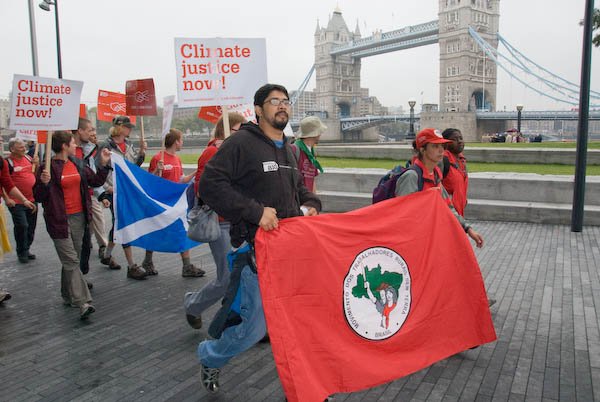
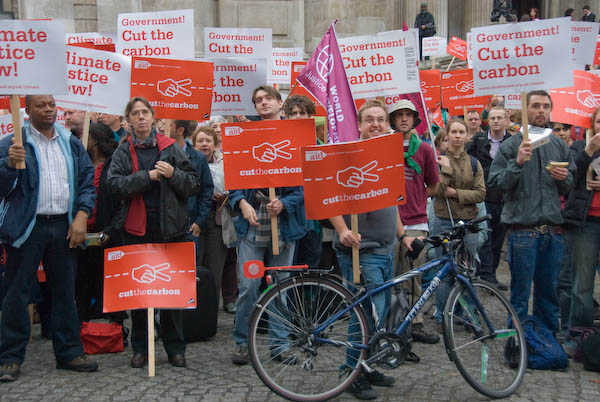

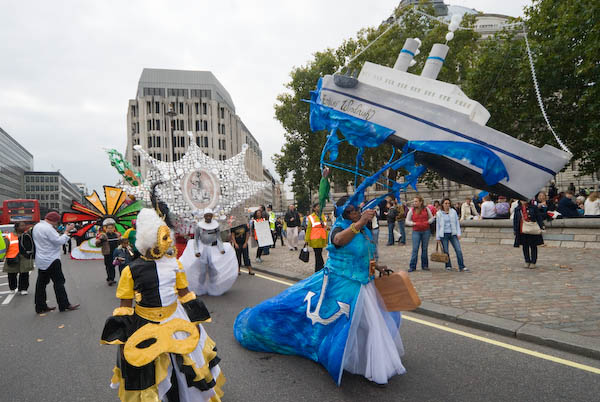
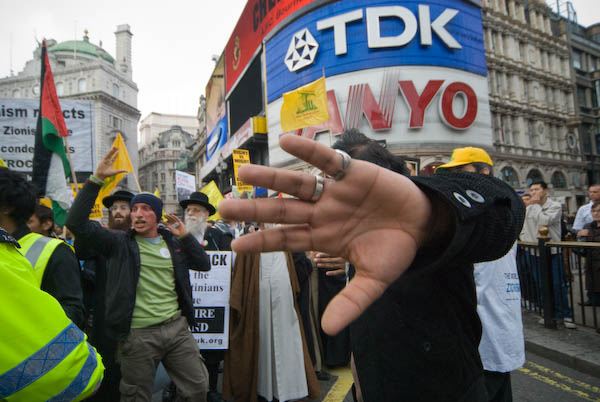
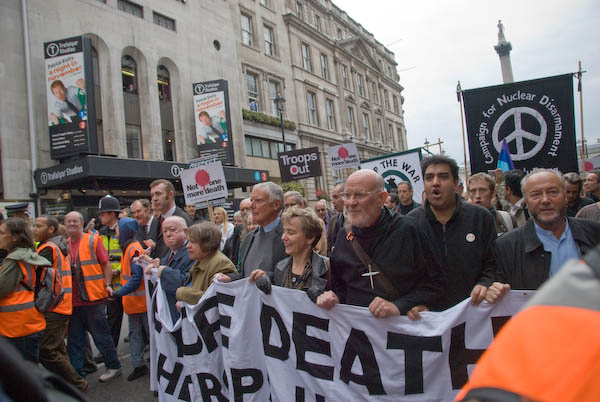
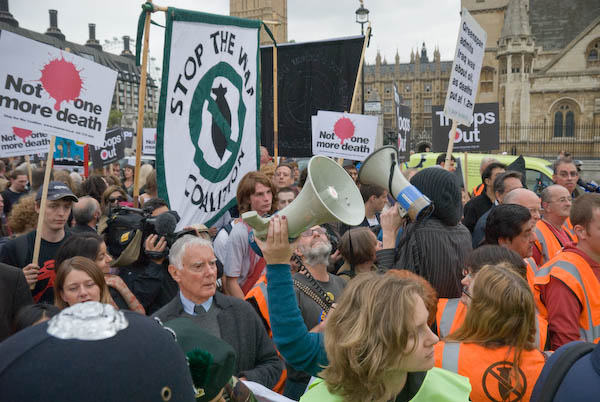
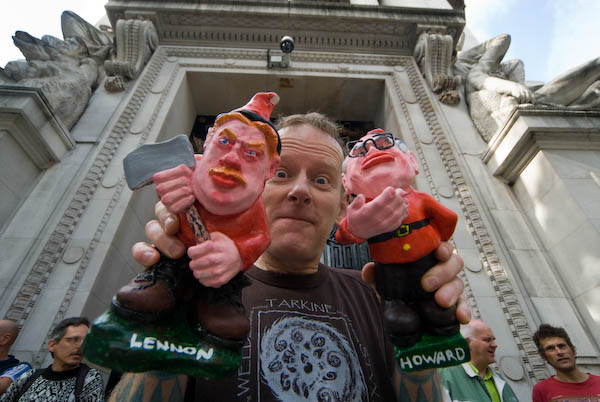
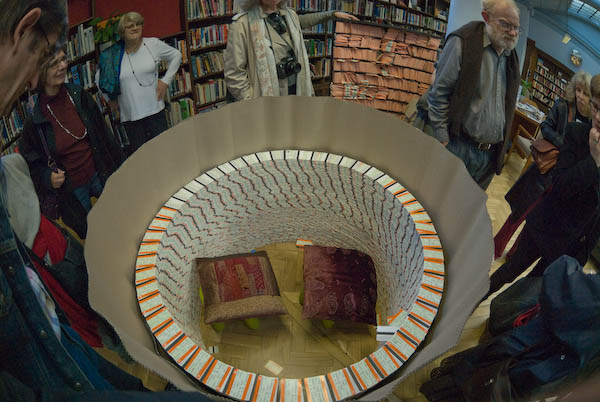
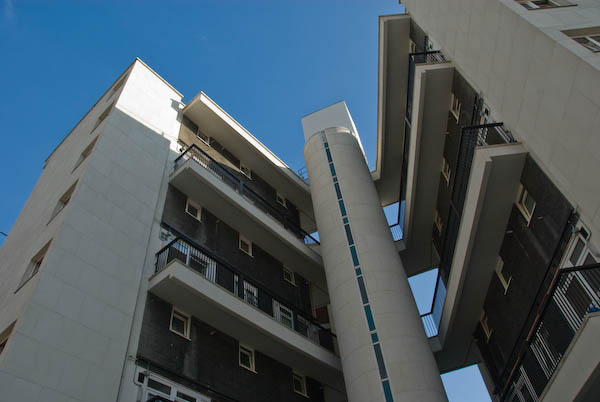
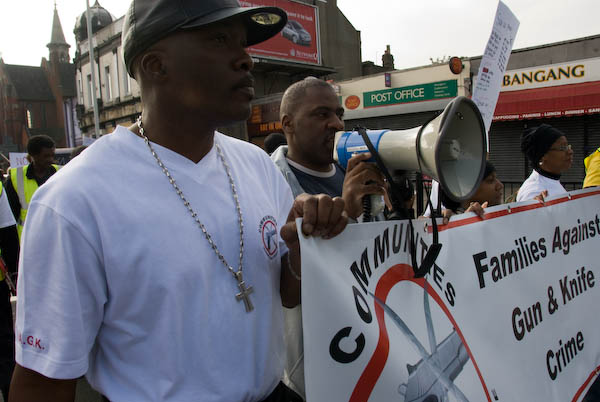
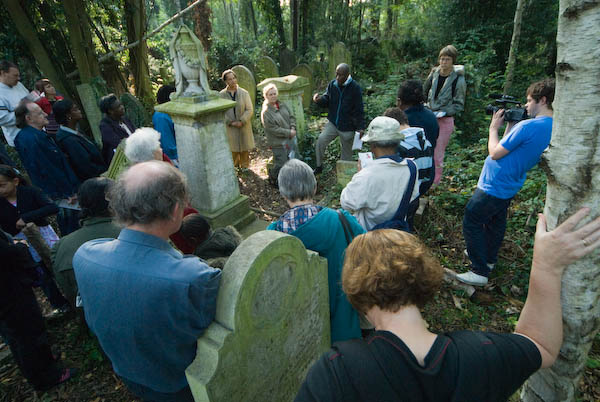
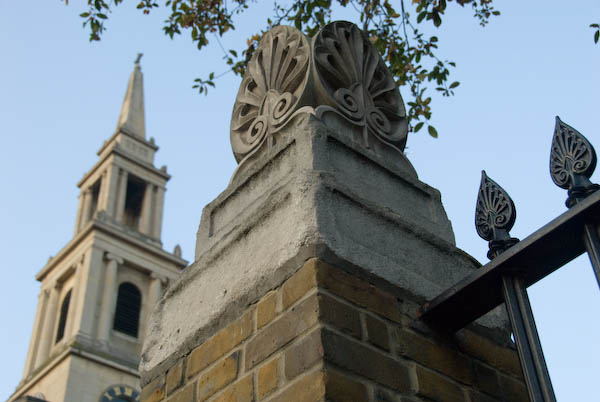
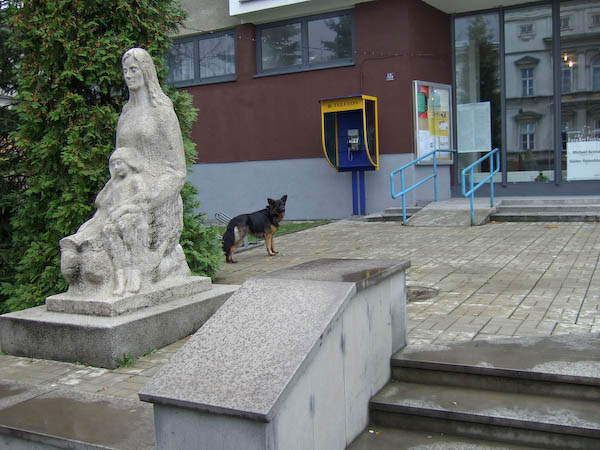
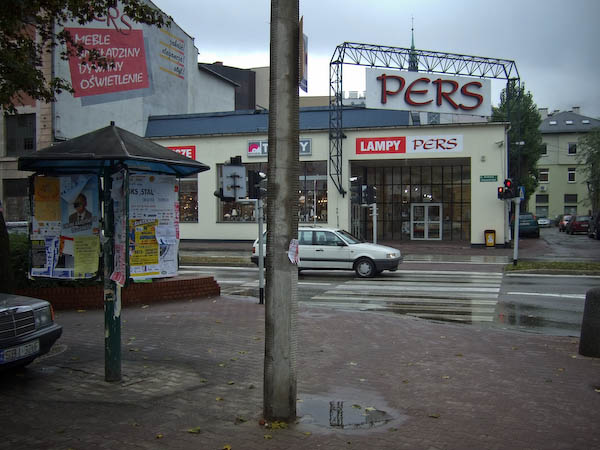

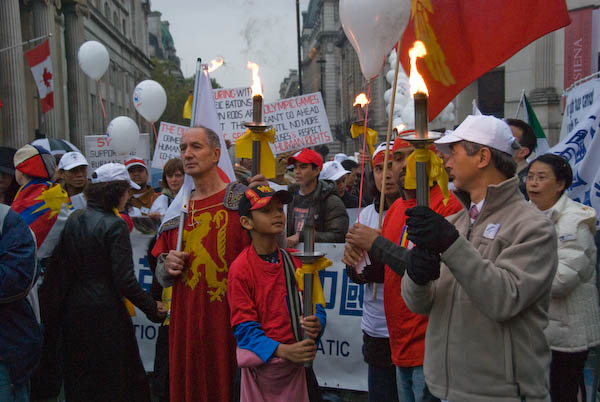 The
march prepares to start from Trafalgar Square
The
march prepares to start from Trafalgar Square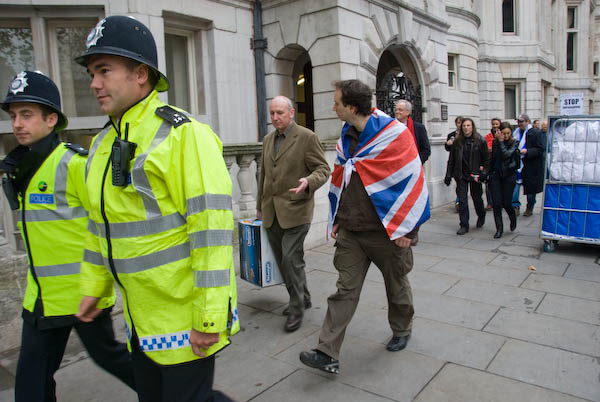
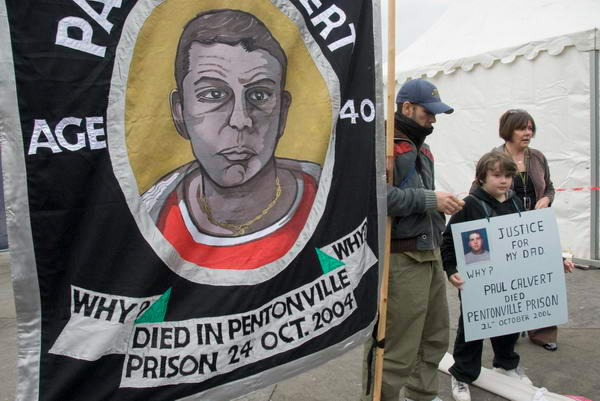
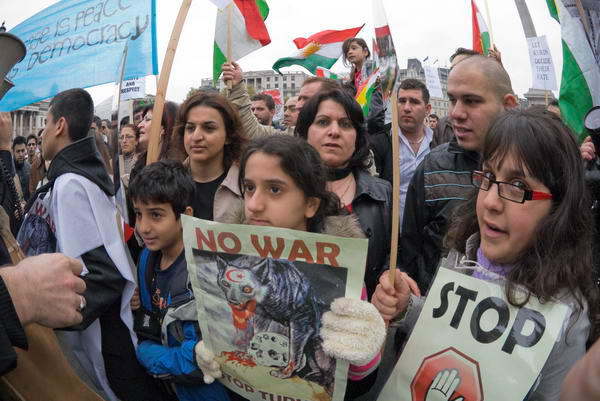
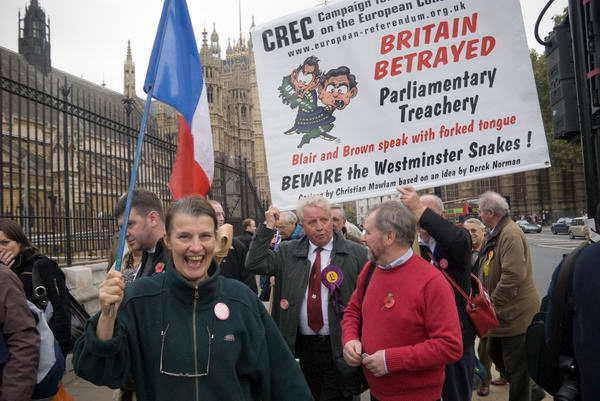
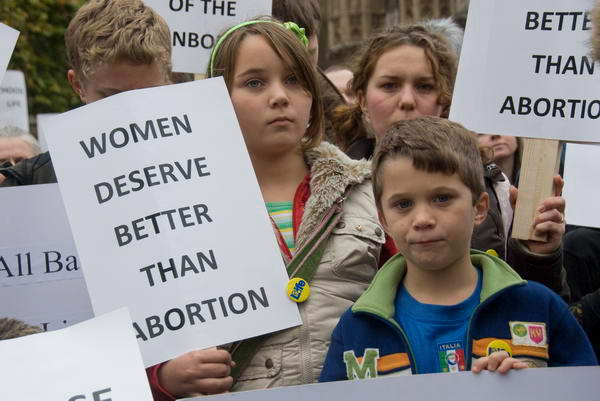 'Women deserve better than abortion.'
'Women deserve better than abortion.'